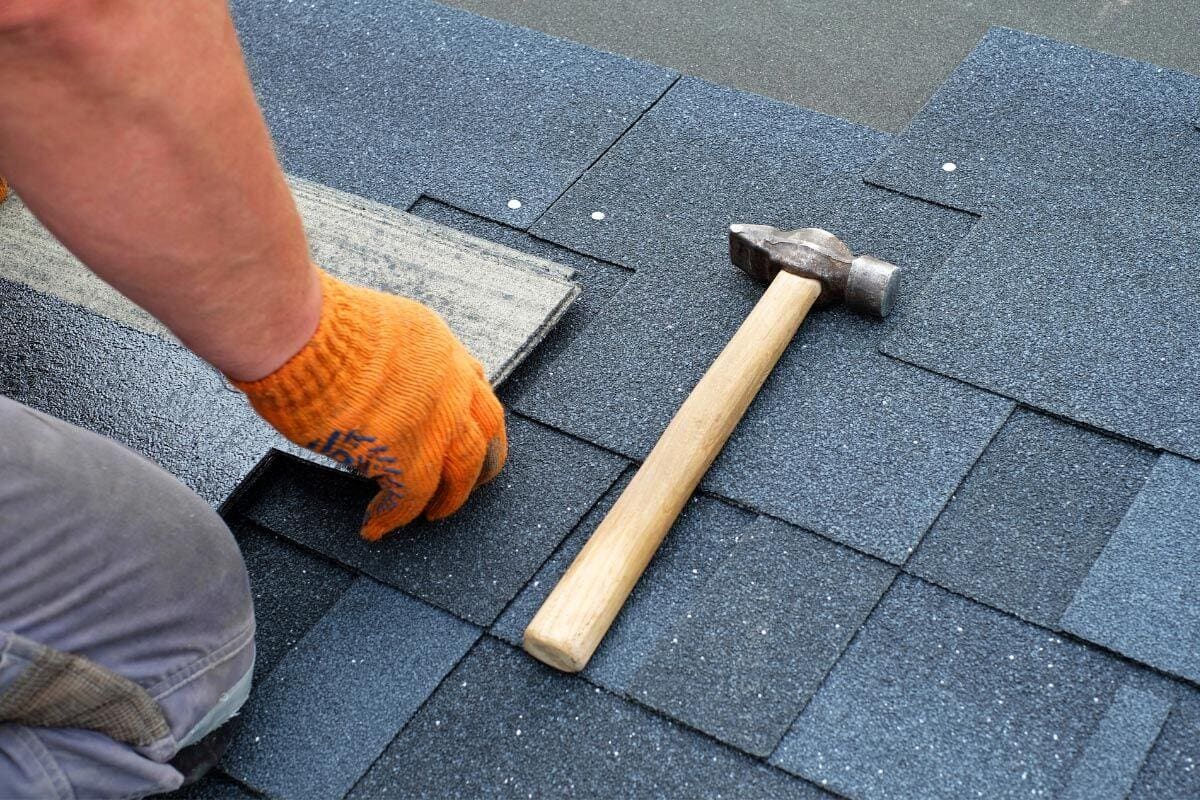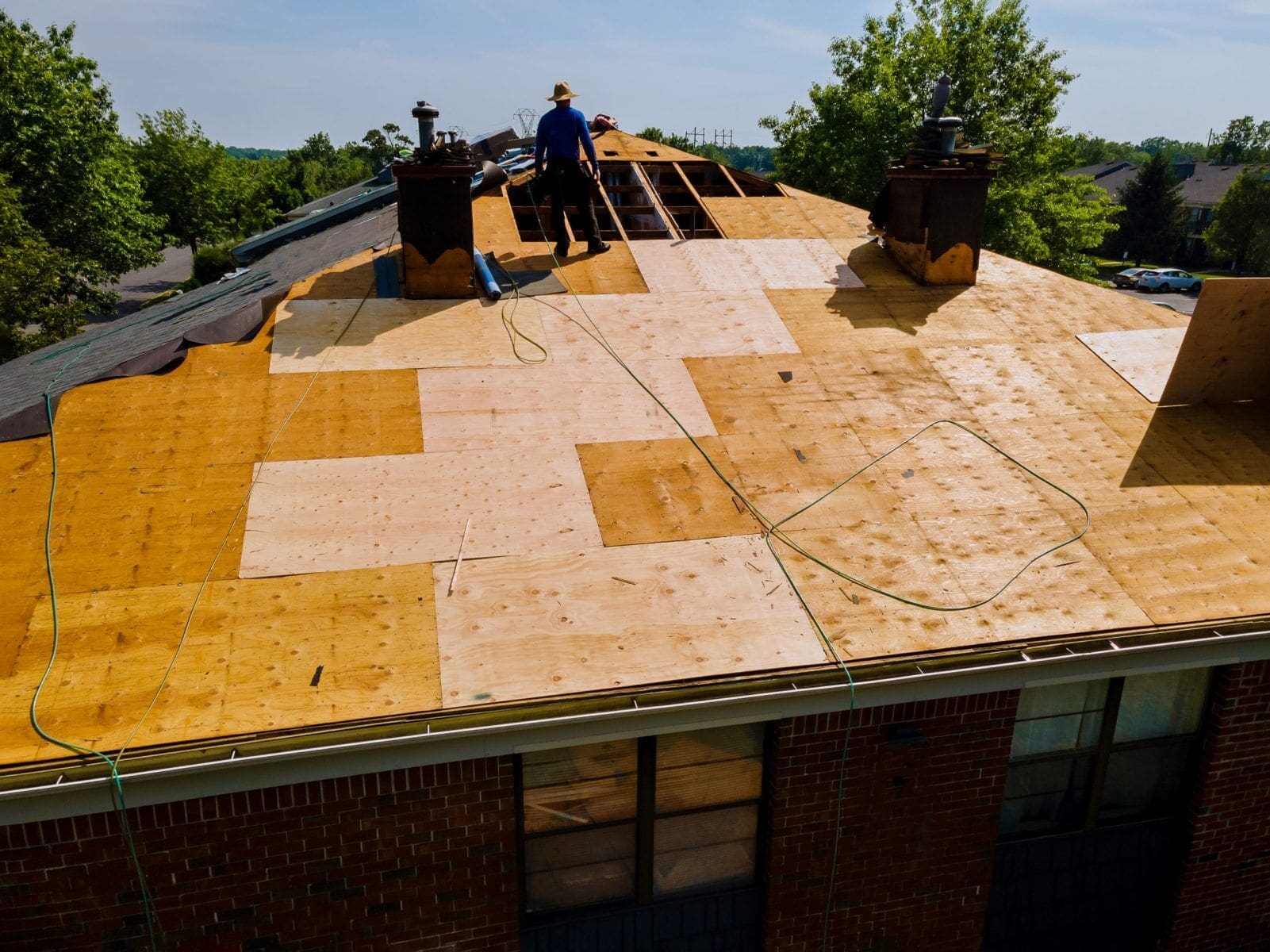Expert Roof Replacement: How Often Should I Replace My Roof in Knoxville TN?

Replacing your roof is worth it in energy savings, increased property value, and improved safety. A well-installed new roof protects the home from water damage and extreme weather, and insulation against heat loss. It will also give the house a fresh, updated look and add curb appeal. The frequency with which you should replace your roof depends on the type of roofing material and the local climate. Read on to find out how often you should change your roof.
How Often Should I Replace My Roof?
A roof in Knoxville should last several decades, especially when installed by a reputable contractor. The average lifespan of a roof depends on its construction material and environmental factors such as wind, hail, snow, and the amount of sun exposure in the area. Asphalt shingles generally last 15-30 years, while metal roofs can last up to 50 years. Clay tile roofs can last up to a century but need more maintenance than other roof materials.
Perform Regular Inspection
Regular maintenance checks keep your roof in good condition and extend its lifespan. An experienced roofing contractor should conduct inspections at least once a year. During the inspection, the contractors conduct roof repairs and look out for the following issues to determine whether it is time for a new roof.
1. Signs of Water Damage, Rot or Mold
Water damage weakens the roof’s structural integrity. It causes leaks and damage to your home’s interior. Rot compromises the strength of your roof, while mold poses a health risk to you and your family.
2. Curling, Cracking and Missing Shingles
Curling, cracking, and missing shingles are warning signs that you need a roof replacement. Curling shingles result from weathering and lead to water seepage and leaks. Cracked shingles occur when the materials have become brittle and cannot withstand the elements. Missing shingles leave your underlayment exposed and can lead to rot and decay.
3. Sagging or Drooping Roof
If you notice that your roof is sagging or drooping, consider the possibility of a new roof. A sagging roof shows a problem with the roof structure, such as weakened or damaged rafters or beams. A weakened roof structure can collapse under heavy snow or rain. A sagging roof also lowers the value of your property.

Contact Professionals!
If you think your roof may be nearing the end of its life and need a replacement, contact a reputable roofing contractor. They will conduct a thorough roof inspection and recommend appropriate action. They will also advise on the best materials and installation techniques to ensure your roof provides reliable protection for many years.
